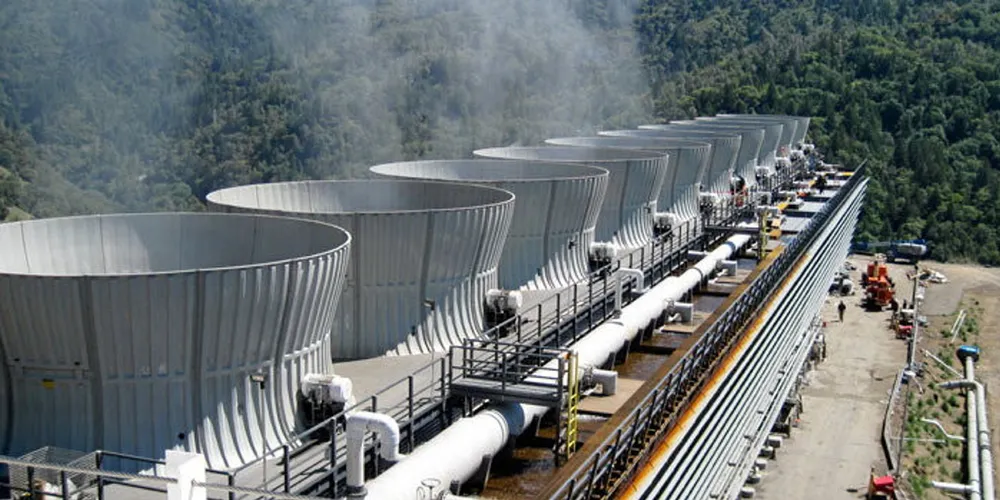Geothermal growth being undercut by plummeting wind and solar prices: analyst
Asia to spearhead worldwide build-out with 7.8GW online by 2029, led by 1.25GW in Indonesia, forecasts Fitch Solutions

Asia to spearhead worldwide build-out with 7.8GW online by 2029, led by 1.25GW in Indonesia, forecasts Fitch Solutions
